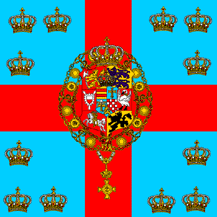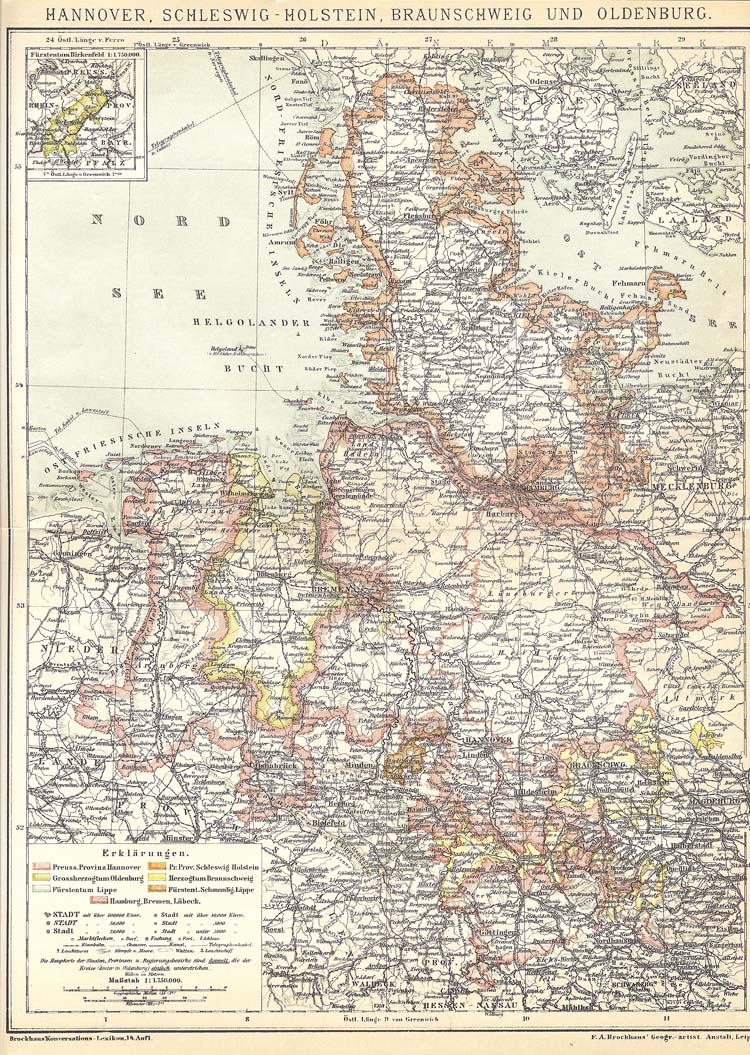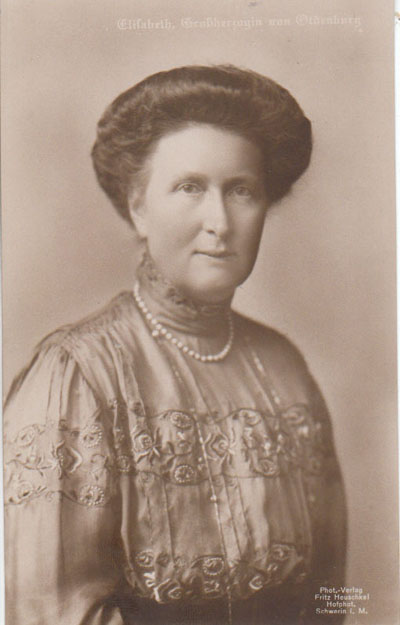Oldenburg


(1813-1871)


The Duchy of Oldenburg was a member state of the German Confederation from 1815 to 1866 and was renamed in 1829 the Grand Duchy of Oldenburg. In 1866, Oldenburg sided with Prussia against Austria and after the Prussian-Austrian War; it became a member state of the North German Confederation in 1867. The Oldenburg military became a contingent of the Prussian army on July 15, 1867. Oldenburg became a member state of the Imperial German Empire in 1871.
The grand-duchy had an area of 2,479 square miles, but it consisted of three widely separated portions of territory: the Duchy of Oldenburg, the Principality of Lübeck, and the Principality of Birkenfeld. Oldenburg had one vote in the Bundesrat and three members in the Reichstag. Oldenburg was by-in-large a protestant country, and the Grand-Duke was required to be a member of the Lutheran Church. Birkenfeld, on the other hand, was heavily Roman Catholic.
Oldenburg was a hereditary constitutional monarchy and was considered one of the most liberal in Germany. Parliament consisted of one chamber of 40 members known as the Landtag and direct secret voting was open to all taxpayers. Provincial councils of 15 members each governed the local affairs of Birkenfeld and Lübeck. Interestingly, the finances of each constituent state of the grand-duchy were kept and managed separately.
Consuls were maintained for trade with Lübeck, Belgium, Italy, Great Britain, Austria-Hungary, Prussia, Russia, USA, Argentina, Bavaria, Brazil, Hamburg, Denmark, the Netherlands, Portugal, Romania, Sweden, and Serbia.
The capital was Oldenburg. The population of the three combined areas was 516,000 in 1914.
